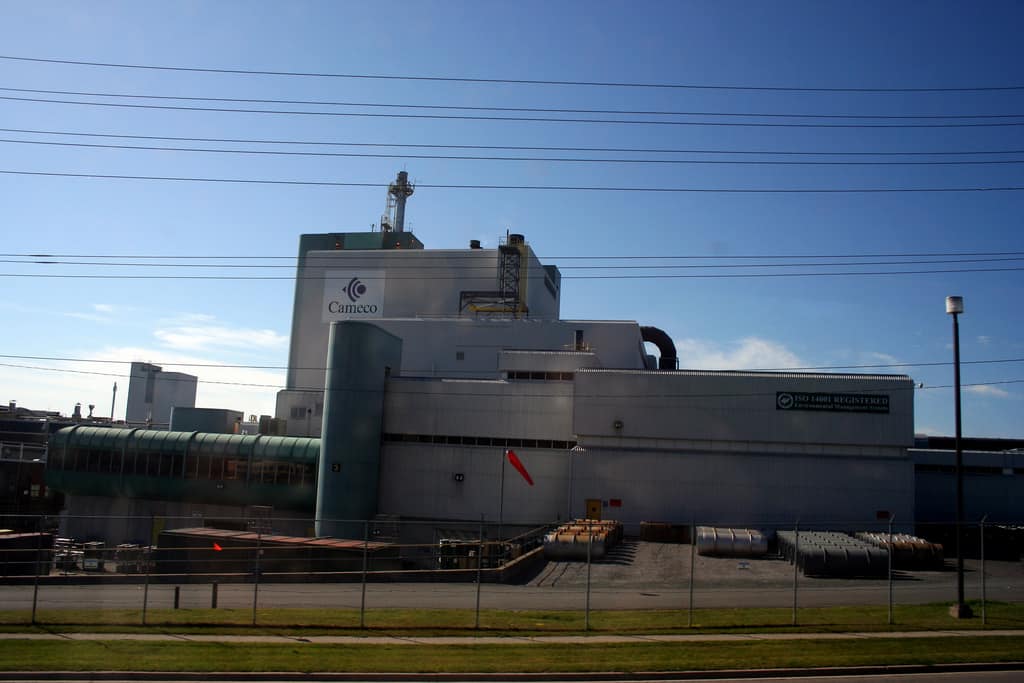Cameco Corp. (TSX:CCO)(NYSE:CCJ) is stuck in a multi-year slump, and investors are wondering if this is the right time to start a contrarian position in the stock.
Let’s take a look at the current situation to see if Canada’s largest uranium company deserves to be in your portfolio.
Japan restarts
Uranium traded for close to US$70 per pound before the tsunami hit Japan and caused the Fukushima nuclear disaster in 2011.
In the wake of the accident, Japan shut down its entire fleet of nuclear facilities, sending uranium prices into a tailspin. The spot price bottomed out late last year below US$20 per pound, and aside from a couple of brief spikes, it hasn’t shown any real signs of an impending recovery.
At the time of writing, the price is close to US$22.
Japan is trying to get its reactors back in service, but operational issues and legal challenges have delayed the process. A recent report said five of the country’s 48 operable reactors are back in commercial operation and another 12 have received approval.
Market woes
Cameco reported a Q3 2107 net loss of $124 million. Management said there has been little improvement in the market, and the company continues to face challenges, with average year-to-date uranium spot prices down 20% compared to 2016.
The Q3 results came out on October 27, but the company followed up with more bad news on November 8, including a cut to the dividend.
Cameco slashed its dividend from $0.40 per share on an annualized basis to just $0.08. In addition, management suspended operations at the McArthur River mine and Key Lake mill.
The company said global oversupply continues to pressure prices, and no improvement is expected in the near term.
CRA fight
Cameco is also caught up in a battle with the Canada Revenue Agency over taxes owed on earnings generated through a foreign subsidiary. The arguments for the first batch of years wrapped up in September, and a decision isn’t expected until sometime in 2018 at the earliest.
If Cameco loses the case, it could be on the hook for penalties and taxes of at least $2 billion.
Should you buy?
Uranium prices are at unsustainable levels, but there is no way of knowing when the market will finally turn the corner.
Cameco has managed to navigate through the downturn in decent shape due to its portfolio of long-term contracts that were negotiated at much higher prices. As those agreements expire, the company is at a much greater financial risk if uranium prices do not improve.
Eventually, the market will rebalance or even dip to a shortage situation, and Cameco will benefit, but more pain could be on the way before that happens.
For the moment, investors should probably look for other opportunities.








